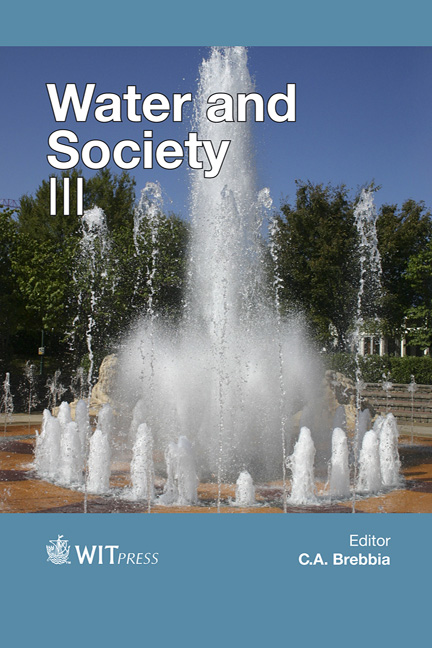Using Modelling Techniques To Assess Sewage Pollution In The Potengi River Estuary, Brazil
Price
Free (open access)
Transaction
Volume
200
Pages
12
Page Range
237 - 248
Published
2015
Size
2,535 kb
Paper DOI
10.2495/WS150201
Copyright
WIT Press
Author(s)
C. de L. da N. Cunha, A. C. Scudelari, P. C. C. Rosman
Abstract
The Potengi River Estuary (PRE) is a fragile system governed by the interaction of diverse physical-chemical and biological processes, and its ecological, economic and cultural importance for the State of Rio Grande do Norte, Brazil, is unquestionable. The present paper assesses sanitary sewage pollution in the PRE using a numerical model, thereby contributing to the solution of environmental problems. The water quality model used in this study is part of the Hydrodynamic Environmental System (SisBAHIA®). Organic matter is introduced into bodies of water mainly through the discharge of domestic sewage, although it may be present in industrial wastes or it may occur naturally, as part of biogeochemical cycles. Large amounts of organic matter may increase the number of microorganisms and, consequently, cause the excessive consumption of dissolved oxygen (DO). Two indicators of organic matter in water are generally used: biochemical oxygen demand (BOD) and dissolved oxygen (DO). Simulations were performed considering two scenarios: the current one and a projected one, which exhibits a 90% removal of the BOD load. Results from the combined numerical model show that sewage discharged into the Baldo Channel reaches the estuary, accumulates along the regions nearest to it and significantly compromises water quality. However, the model shows that this improvement does not occur uniformly in the PRE.
Keywords
water quality model, Potengi River Estuary, environmental sanitation





